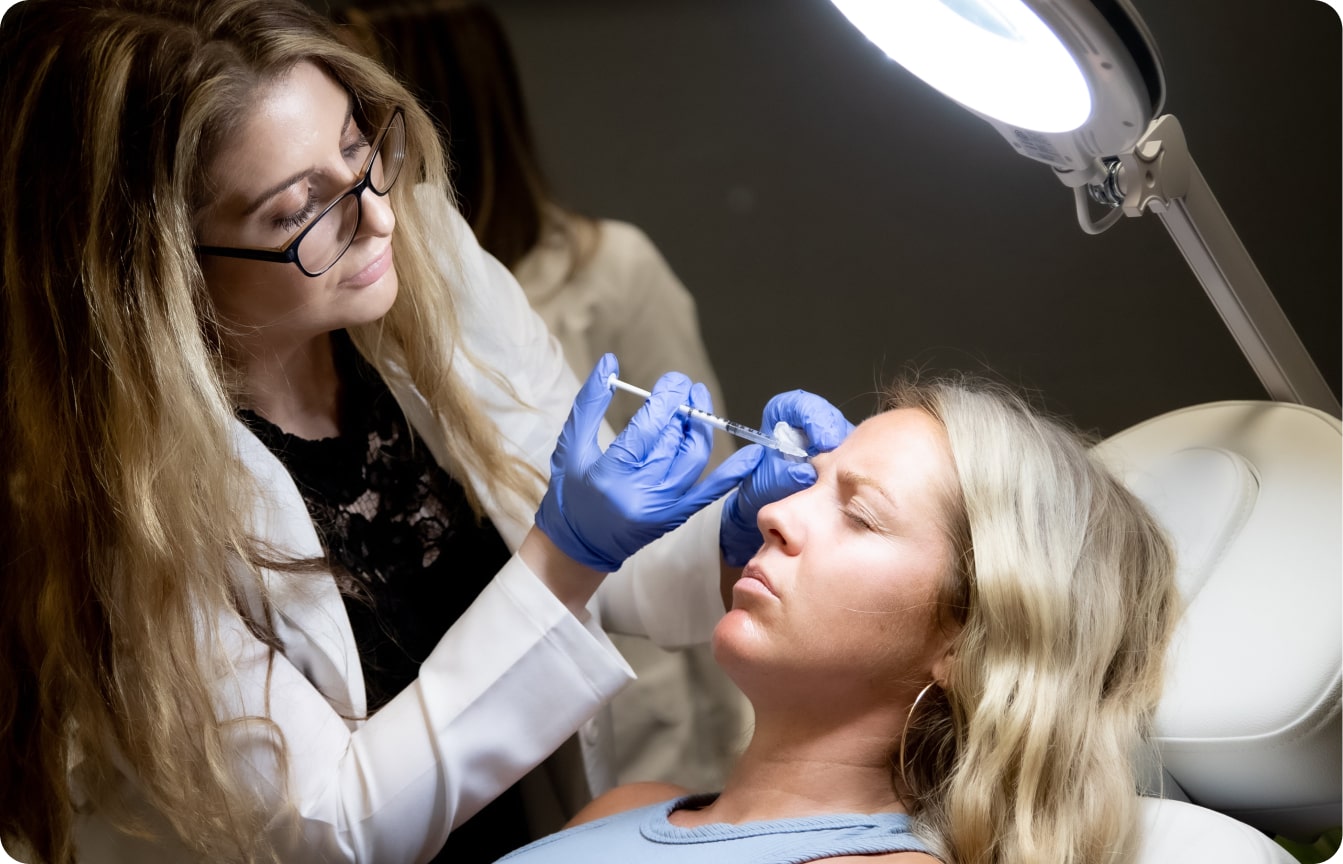Analyzing the Growing Landscape of the Medical Spa Industry and Its Attractive Appeal to Private Equity

The private equity sector has long found its allure in highly fragmented service-oriented domains, capitalizing on the potential to upscale small operations into substantial enterprises. This trend has recently manifested across various sectors such as funeral care and home building. In particular, consumer retail and healthcare services stand out prominently in this context, and where they converge, the dynamic industry of medical spas emerges.
Over recent years, the medical spa service sector has experienced robust expansion, witnessing an approximate annual revenue surge of 10% since 2017, culminating in a staggering $9.0 billion in 2022. The driving forces behind this exponential growth are multifold, including escalating consumer demand, sector resilience, and a plethora of consolidation prospects.
Projections in the medical spa landscape are even more promising. Should current consumer trends persist, this industry is anticipated to skyrocket to a valuation of $23.42 billion by 2026, boasting an impressive CAGR of 12.75%. The escalating allure of private equity toward this sector can be attributed to the recurrent nature of the services and product offerings, coupled with the perceived low-risk, high-reward potential of well-managed medical spas. The industry’s fragmented structure, mainly comprising small- and medium-sized independent operators, signifies a compelling investment opportunity for private equity players.
Rising Consumer Appetite for Medical Spa Services
A shift in consumer attitudes has significantly amplified the demand for cosmetic procedures and treatments, outpacing the current availability of clinical professionals and medical spa services. The aftermath of the pandemic witnessed most clinics experiencing heightened interest, resulting in a surge of bookings and extended wait times. The industry is poised for double-digit growth in the medium term, underpinned by sustained favorable tailwinds.
The demand for medical spa services cuts across demographics. A recent Mindbody study highlights robust demand for services and procedures among both genders and various age groups. Particularly noteworthy is the burgeoning interest from millennial men, an often-overlooked segment. This demographic’s heightened focus on health and wellness is reflected in their higher monthly spending on such services compared to their female counterparts.
Social media plays a pivotal role in normalizing aesthetic procedures, with mentions of “fillers” exponentially increasing over the past decade. Gen Z’s fascination with cosmetic procedures has grown substantially through social media exposure. Furthermore, the online discourse led by certified dermatologists, like Dr. Maneeb Shah, has turned them into credible sources for skincare insights and recommendations.
Innovation and Proliferation: Driving Growth and Opportunity
The medical spa sector’s growth is bolstered by innovation-driven demand. Emerging treatments such as radiofrequency, body contouring, and dermo-fillers have transformed cosmetic enhancements. Medical spa providers are adapting by investing in technology and training, catering to the evolving demands of a diverse consumer base. The untapped potential in the U.S. market remains significant, with nearly 80 million potential consumers aged 25-65 earning more than $50,000 annually.
The medical spa landscape is marked by fragmentation, with around 2,900 clinics in North America, predominantly operated by smaller independent players. The scope for consolidation is evident, as larger operators can leverage operational efficiencies, experienced management, enhanced infrastructure, increased capital for marketing, and superior patient care standardization. This opens exciting avenues for private equity partnerships to create scaled platforms.

A Durable Investment Prospect
Despite its consumer discretionary nature, the medical spa industry exhibits resilience across economic cycles. The sector survived the 2008 recession, with growth resuming within a few years. The COVID-19 pandemic also demonstrated its durability, bouncing back with vigor as remote work popularized the “Zoom effect.” As individuals spent more time in virtual meetings, the demand for cosmetic treatments surged.
The out-of-pocket payment structure insulates the industry from reimbursement or insurance coverage risks, enhancing its attractiveness to investors. Moreover, the recurring nature of medical spa services sustains patient engagement, incorporating them into regular wellness routines.
In conclusion, the medical spa industry emerges as a prime prospect for private equity investment. Fueled by burgeoning consumer demand, innovation, and consolidation prospects, this sector offers not only financial promise but also resilience against economic fluctuations. As the medical spa landscape evolves, private equity investors are strategically positioning themselves to capitalize on the surging demand and untapped potential, making this sector a compelling and durable investment avenue.





